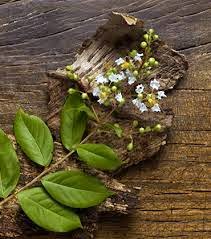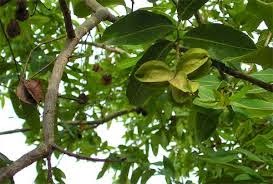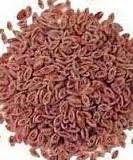Chemical Classification of crude herbal drugs
The crude drugs are divided into different groups according to the chemical nature of their most important constituent. Since the pharmacological activity and therapeutic significance of crude drugs are based on the nature of their chemical constituents. The chemical classification of drugs is dependent upon the grouping of drugs with identical constituents. An out of this classification is as follows: 1. Carbohydrates– Carbohydrates are polyhydroxy aldehydes or ketones containing an unbroken chain of carbon atoms. Gums Acacia, Tragacanth, Guargum Mucilages Plantago seed Others Starch, Honey, Agar, Pectin, Cotton 2. Glycosides – Glycosides are compounds which upon hydrolysis give rise to one or more sugars (glycone) and non-sugar (aglycone). Anthraquinone Glycosides Aloe, Cascara, Rhubarb, Senna Saponins Glycosides Quillaia, Arjuna, Glycyrrhiza Cyanophore Glycosides Wild cherry bark Isothiocyanate Glycosides Mustard Cardiac Glycosides Digitalis, Strophantus Bitter Glycoside...


















